7.6 /10 1 Votes
Starring See Scientists below No. of episodes 13 (list of episodes) Running time 20–25 minutes Final episode date 25 June 2002 | 7.5/10 IMDb Country of origin United Kingdom Producer(s) Jo Adams Television First episode date 2 April 2002 | |||||||||||||||||||||||||||||||||
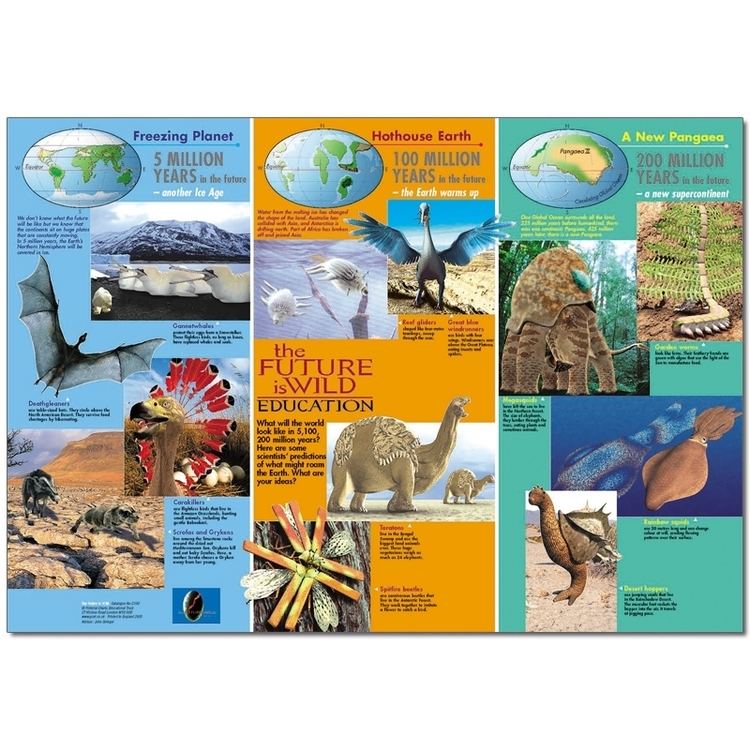 | ||||||||||||||||||||||||||||||||||
Composer(s) Nicholas HooperPaul Pritchard Nominations Daytime Emmy Award for Outstanding Directing In An Animated Program Genres Docufiction, Science Fiction Similar Life, Life After People, The Life of Mammals, Frozen Planet, Life in Cold Blood | ||||||||||||||||||||||||||||||||||
The Future Is Wild is a 2002 thirteen-part documentary television miniseries. Based on research and interviews with several scientists, the miniseries shows how life could evolve in the future if humans were to disappear from the Earth altogether through extinction. The version broadcast on the Discovery Channel modified this premise, supposing instead that the human species had completely abandoned the Earth and had sent back probes to examine the progress of life on the planet as time progressed. The show took the form of a nature documentary. It is narrated by John de Lancie in the Discovery Channel version.
Contents
- Ecosystems
- 5 million years time
- 100 million years time
- 200 million years time
- Episodes
- Production
- Scientists involved
- Distribution
- DVD release
- CD ROM
- Book
- Futuroscope
- References

The miniseries was released with a companion book written by geologist Dougal Dixon, the author of several speculative evolution books, or "anthropologies and zoologies of the future" (such as After Man: A Zoology of the Future), in conjunction with natural history television producer John Adams. For a time in 2005, a theme park based on this program was opened in Japan. In 2008 a special on the Discovery Channel about the development of the video game Spore was combined with airings of The Future Is Wild.
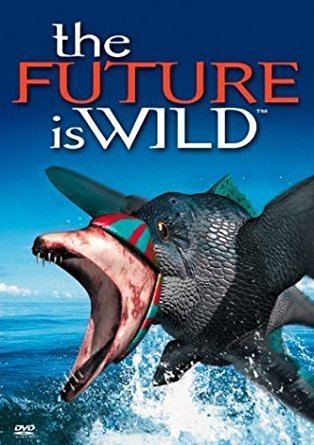
A documentary film version of the series was originally set to be picked up by Warner Bros., however, the series may be rebooted by production company Vanguard Films and broadcasting at HBO.

Ecosystems
Twelve ecosystems were presented, four in each of three future periods.
5 million years' time
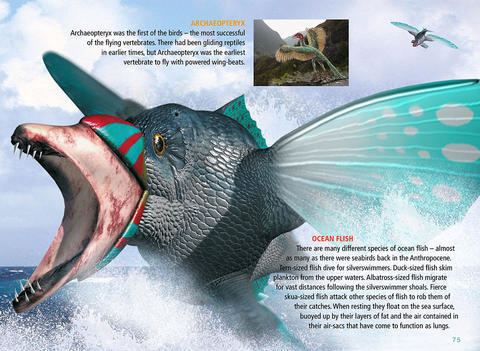
The early episodes describe a world after an ice age, when giant sea-birds roam the beaches and carnivorous bats rule the skies. Ice sheets extend as far south as Paris in the northern hemisphere and as far north as Buenos Aires in the southern hemisphere. The Amazon rainforest has dried up and become grassland. The North American plains have become cold desert, and Africa has collided with Europe, enclosing the Mediterranean Sea. Without water to replace it in the dry climate, the Mediterranean has dried out into a salt flat dotted with brine lakes, as it has been in the past. Most of Europe is frozen tundra. The part of Africa east of the African Rift Valley has broken away from the rest of the continent. Asia has dried up and is now mountainous. The once warm, tropical area of Central America has been transformed into a dry area. Australia has moved north and collided with eastern Indonesia.
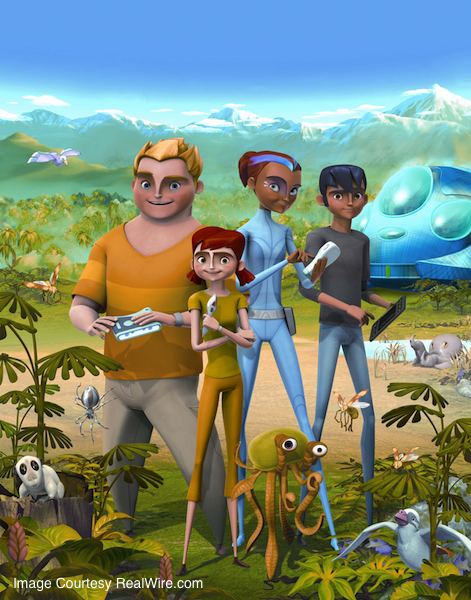
100 million years' time
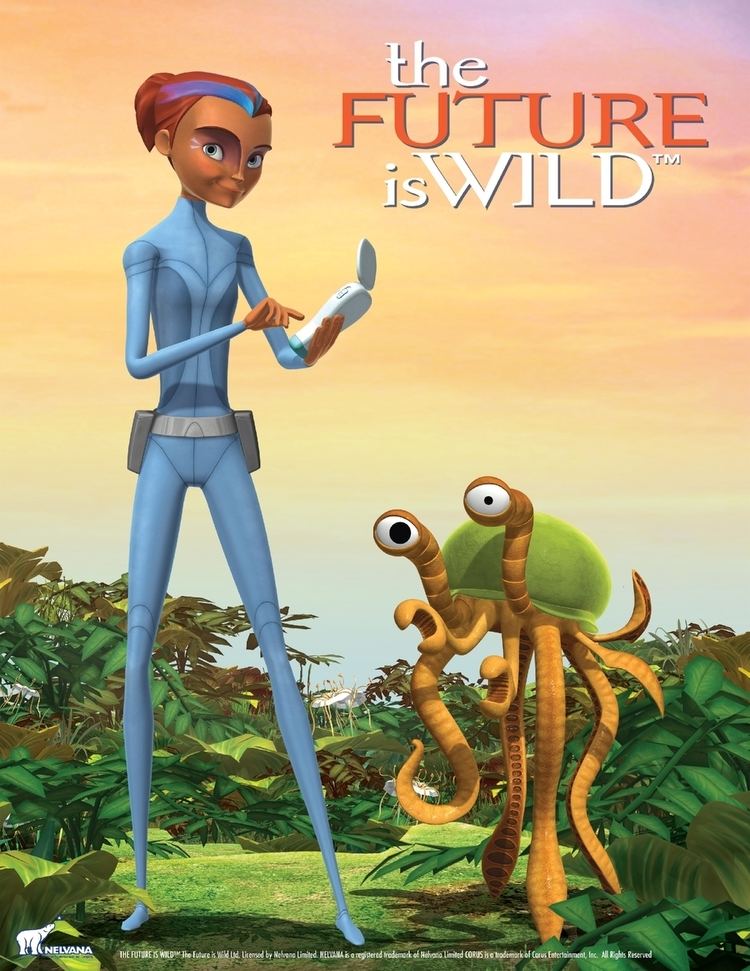
In the scenario for 100 million years in the future, the world is much hotter than at present. Octopuses and enormous tortoises have come on to the land, much of which is flooded by shallow seas surrounded by brackish swamps. Antarctica has drifted towards the tropics and is covered with dense rainforests, as it was before. Australia has collided with North America and Asia, forcing up an enormous, 12-kilometre-high mountain plateau much taller than the modern Himalayas. Greenland has been reduced to a small, temperate island. There are cold, deep ocean trenches. The Sahara has once again become the rich grassland it was millions of years ago
200 million years' time
The hypothetical world of 200 million years from now is recovering from a mass extinction caused by a flood basalt eruption even larger than the one that created the Siberian Traps, wiping out 99% of the species on the planet. Fish have taken to the skies, squid to the forests, and the world's largest-ever desert is filled with strange worms and insects. All the continents have collided with one another and fused into a single supercontinent, a second Pangaea. One large global ocean with a single-current system gives rise to deadly hurricanes called hypercanes, which batter the coastlines of the continent all year long. The northwestern side of Pangaea II, drenched with an endless supply of rain, has become a temperate forest. Mountains resting at the end of the coast prevent most of the rain's moisture from reaching a long line of scrubby rainshadow deserts. The very center of the continent receives no rain at all and has become a barren, plantless desert. Only fish, arthropods, worms and mollusks were left to repopulate the Earth.
Episodes
Each episode generally focuses on just one food chain within a particular ecosystem.
- "Welcome to the Future" (a summary of the coming episodes);
- "Return of the Ice" (5 million years' time, in the newly frozen wasteland of Europe);
- "The Vanished Sea" (5 million years' time, in the Mediterranean salt desert);
- "Prairies of Amazonia" (5 million years' time, in the grassland where the Amazon rainforest once was);
- "Cold Kansas Desert" (5 million years' time, in the cold desert of Kansas, in North America);
- "Waterland" (100 million years' time, in the huge network of swamps of Bengal);
- "Flooded World" (100 million years' time, in the shallow seas edging the lowliness of the continents);
- "Tropical Antarctica" (100 million years' time, in the rainforests of Antarctica, which is now at the equator);
- "The Great Plateau" (100 million years' time, at the Great Plateau, the spot where Northern Asia, North America and Australia have collided);
- "The Endless Desert" (200 million years' time, in the vast desert of central Pangaea II);
- "The Global Ocean" (200 million years' time, in the world's global ocean);
- "Graveyard Desert" (200 million years' time, in a rainshadow desert);
- "The Tentacled Forest" (200 million years' time, in the rainforest situated at the northwest of the newly formed supercontinent);
- "The Future Is Wild and the Making of Spore" (a special on the Discovery Channel about the development of the video game Spore was combined with airings of The Future is Wild; made and broadcast 6 years later).
Production
The Future is Wild is a £5-million co-production of the British Broadcasting Corporation (BBC), the Franco-German channel Arte, the German ZDF, the Austrian ORF, the Italian Mediaset, and Animal Planet and Discovery Channels Inc of the United States.
The BBC intended that the miniseries would repeat the success it had with its prehistoric documentary series Walking With Dinosaurs, which attracted 17 million viewers in 1999. The program used computer-generated imagery to show the possible future of life on Earth. The 13-part series was produced in four years by independent producer John Adams, who conceived it in 1997.
Scientists involved
Scientists involved in the project include the following:
Distribution
The Future is Wild doubled the previous ratings record for the Animal Planet channel when it was aired in the United States. The series was shown on BBC2 in late 2004.
ZDF Enterprises sold the television rights of the series to 18 markets: Belgium, Canada, Croatia, the Czech Republic, Ecuador, France, Germany, Hong Kong, Hungary, Japan, Korea, Mexico, the Middle East, Poland, Romania, Russia, Slovenia and Venezuela.
DVD release
The series was released on three DVDs: episodes 1–5, episodes 6–9 and episodes 10–13. The three DVDs have also been released together as a set. Both the single DVDs and the three-DVD set are available for DVD regions one and two. Although the singles are available for region four, the three-DVD set is not. In addition to the complete edition, there is also an abridged region 2 3-disc version which condenses each of the three time periods into one 52-minute episode.
CD-ROM
An educational CD-ROM entitled The Future Is Wild was produced by Sherston Software in 2006. It is designed to fit in with international school curricula for science, mathematics, geography and history.
Book
A book version was released in 2003, published by Firefly Books.
Futuroscope
In 2008-2012 Futuroscope theme park in Poitiers, France contained an exhibit dedicated to the movie, its animals and habitats.
